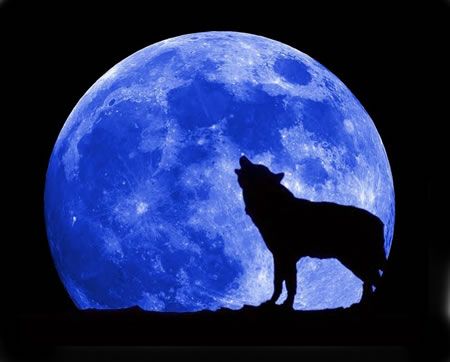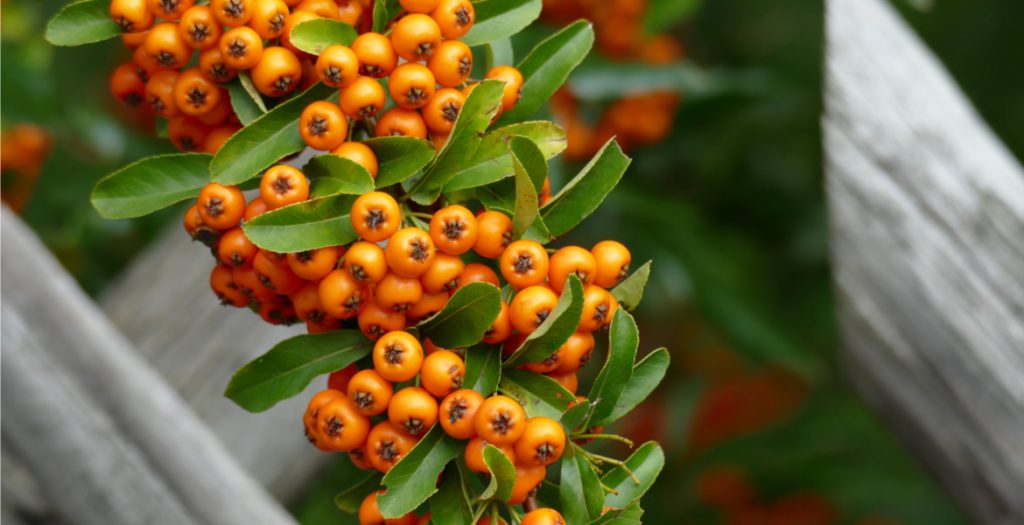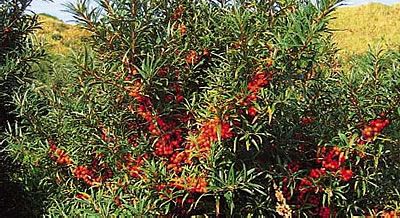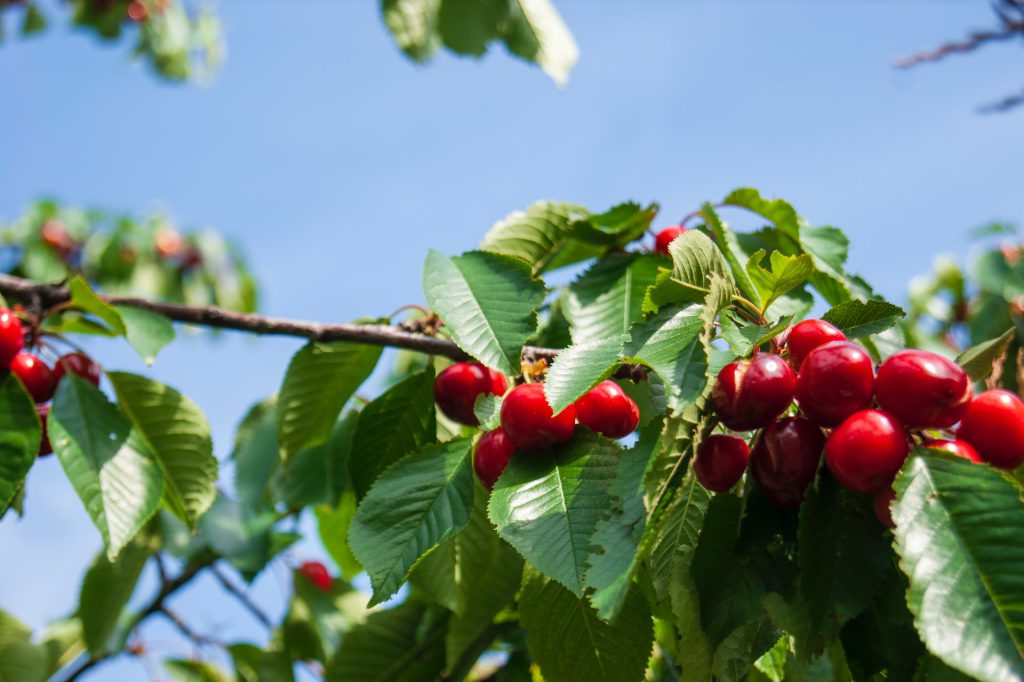In this article we will deal with cultivation and sowing with the Moon calendar (lunar phases).
In the old days, before the invention of the personal clock, the most reliable way to tell time was the sun, moon and stars. Even today, we don’t know exactly who were the first to conceive of the moon-based seeding calendar.
It is most likely that each farming society had its own calendar and each calendar was adapted to the particular geographical location. As these calendars were passed down from generation to generation, they evolved to cover the various crops they were trying to grow and to adapt to farming techniques.
It had been observed that different plants grew best when planted in certain phases of the moon. Each of the phases of the moon exerts an influence on the way vegetables grow, as it affects the rise and fall of moisture in the soil and in the sap of the plants themselves.
As the data from the observations became richer, it was observed that certain crops behaved better when planted when the moon was in a particular constellation. As the moon takes only 2 to 3 days to pass through a constellation, the calendar was very advanced and accurate for its time.
But what concerned the farmers was not only the time of sowing, but also the time of harvest. So that too had to be recorded. It had been observed that if the harvest started at the right time, then the harvest season lasted longer. Today we know that this is due to the way the plant stores water depending on the phase of the moon.
How the phases of the moon affect plants
The laws of gravity were formulated by Isaac Newton.
In this way he proved that tides are caused by the gravitational pull of the moon. The gravitational pull of the Moon on the Earth is greater than that of the Sun. Although the Sun is much larger than the Moon, the Moon is much closer to the Earth than the Sun.
The period when the Earth is most affected by the gravitational pull of the Moon and the Sun is when these two bodies are at opposite points (one opposite the other and the Earth in the middle). This happens during a full moon.
The Moon’s most visible influence on the earth is the tides. These occur when the Moon and the Sun are on the same side of the earth and the gravitational pull is maximized. Then the waters on the earth’s surface are attracted to the moon and their level rises.
But the same happens with the moisture and water in the soil, in plants and in living organisms.
During the phase of the full moon and the new moon, the moisture in the soil increases.
Dr. Frank Brown of Northwestern University conducted a decade of research. He showed that plants absorb more water during the full moon phase.
John Jeavons, author of “How to grow more vegetables” added the influence of increasing and decreasing moonlight on plant growth. When the moon grows larger, the increasing intensity of moonlight favours the growth of leaves. As the moon shrinks and with it the moonlight decreases, the growth of roots is favored.
Ute York in her book “Living by the Moon” states:
“The old farmers used to say that as the moon grows larger, the earth exhales. The sap rises and the growth of leaves and above-ground shoots is encouraged. You should do all the actions with the plants that produce fruit above ground as the moon grows.
As the moon shrinks, the earth inhales. Then the sap goes mostly below the ground, to the roots. The period when the moon is getting smaller is a good time for pruning, fertilizing, watering, harvesting and weeding.”
Methods of cultivation with the moon
Today in the age of technology and science, many are rediscovering the moon farming method. But you should always remember that this is not a science. Look at it as a guide that you can use and use in an advisory capacity.
Basically there are three methods of planting based on the phases of the moon.
- The Synodic Cycle
- The Astral cycle
- The Biodynamic cycle
Synodic cycle
This is a simple way of cultivation based on the phases of the moon.
It divides the lunar cycle (which lasts 29.6 days) into 4 phases or quarters.
It groups plants into categories. Plants that produce underground fruits (bulbs, tubers), plants grown for their foliage, plants with seeds inside the fruit, plants with seeds on the outside of the fruit. He then distributes the plants to the phases of the moon so that their growth characteristics are best served.

The new moon is a good time to plant plants with outer seeds that produce fruit above ground. For example, spinach, cabbage, cauliflower, broccoli, etc. The gravitational pull that the moon exerts on the earth causes the sap of the plants to rise upwards and makes the seeds germinate and grow. The period of increased brightness that will follow also helps.

The second quarter, favors planting vegetables with indoor seeds. For example, beans, peas, peas, tomatoes, peppers, eggplants. In this phase, gravitational attraction is less, but the night light is more and more increasing.
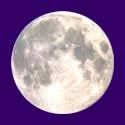
The full moon favors the sowing of vegetables grown for their underground part (root crops: bulbs, tubers, sorrel). For example, carrots, beets, onions, potatoes. After the full moon, the moon begins to wane and the energy gradually decreases. The gravitational pull is strong and brings more moisture close to the surface of the soil. but as the night light diminishes, the energy is focused on the roots.

The fourth quarter is a fallow period. Perfect for composting and weed clearing. In this phase, we have reduced gravitational pull and reduced night light. It’s fallow season.
Biodynamic cycle
This is a more detailed method. It uses the 12 symbols of the zodiac to determine the position of the moon as it passes through the 12 constellations. It also takes into account the position of the planets Venus and Saturn.
This method was developed in 1924 by the German Rudolf Steiner.
Astral cycle
The astral cycle method is similar to the biodynamic cycle method.
The difference is that it uses the moon’s orbit around the earth to determine the best seeding and harvesting periods.
The moon’s orbit is divided into 12 equal parts. Each segment is 30 degrees long (12×30=360 degrees). The stellar cycle is completed in 27.3 days.
Useful addresses. Moon calendars and crops
At the following addresses, you can find and consult crop calendars based on the phases of the moon and calendars with the phases of the moon:
The phases of the Moon from an astronomical point of view
The phases of the Moon by year for Greece I
Phases of the Moon by year for Greece II
Biodynamic agriculture
In modern times, moon-driven farming is part of a way of farming called biodynamic agriculture. Biodynamic agriculture is a system of plant growth that has its basis in a spiritual view of the world called anthroposophy. Anthroposophy was first introduced in Germany in 1924 by Rudolf Steiner.
More can be learned at .
Resources
- Planting by the Moon: What Is Moon Phase Gardening?
- The Magical Moon Garden
- Biodynamic Association
- Source of original image
Tags: BIODYNAMIC FARMING • CALENDAR • CULTIVATION • MOON

